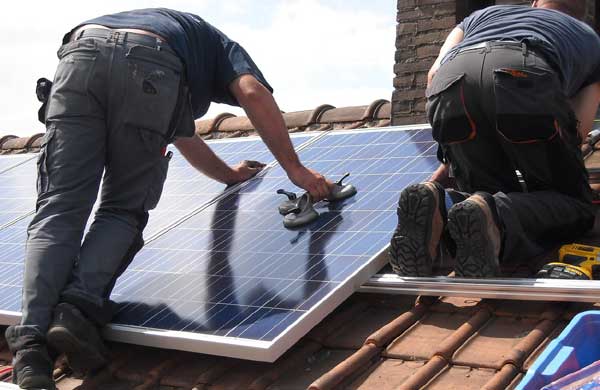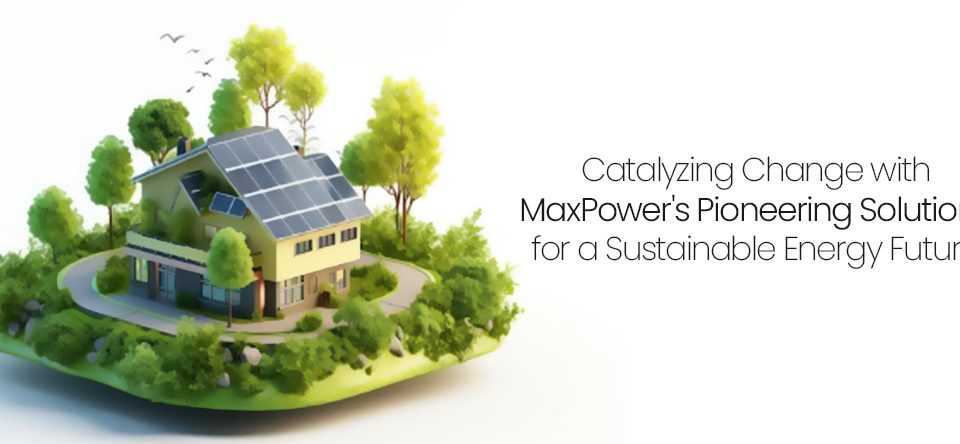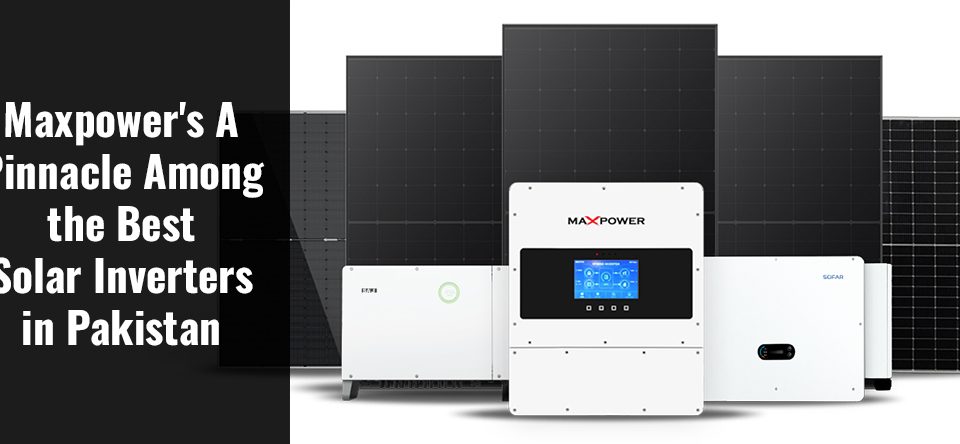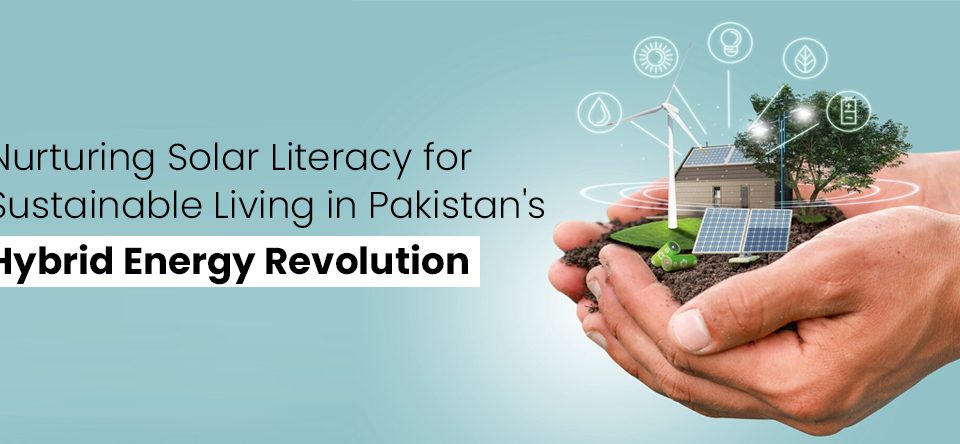
The future of energy and the importance of alternative energy
September 3, 2020
Pollution and the importance of clean energy
September 3, 2020The solar cell, or photovoltaic cell, is an electronic element, or a photovoltaic transformer, consisting of a group of materials that possess properties that have the ability to absorb photons falling from the sun, And convert it directly into a continuous electric current (electrical energy), by exploiting the optical light effect. The solar cell is a thin silicon chip that has a positively charged charge on one side and a negative charge on the other. When exposed to sunlight, or photons that carry energy fall on these chips, they gain energy, enabling it to thermal vibration, and thus break the links and liberate the electrons.
Solar cell components are made of different materials. Since most of these materials are rare in nature, solar cells have been manufactured using silicon to provide this element in nature. Scientists have been able to study its advantages and properties accurately and its suitability. The solar cells are generally composed of a thick crystalline material, such as crystalline silicon, or a thinly crystalline material such as amorphous silicon, or from sedimentary material in the form of layers above semiconductor chips, such as gallium arsenide, and consists of a framework of aluminum, connecting wires, battery liquid, and voltmeter.
Uses of solar cells or solar panels
Solar energy is used in most cases to heat water, heat swimming pools, and heating, and as a means of cooling.
The more solar radiation, the more cooling, the more efficient the solar cooling devices.
Used in housing, agriculture, water distillation, and desalination.
Used for power generation, especially low-power devices such as electronic games, watches, and electronic computers, as currently used in some countries, in the operation of traffic lights, alarms, ceiling fans, emergency phones, and water pumping, in remote areas that lack electricity networks.




